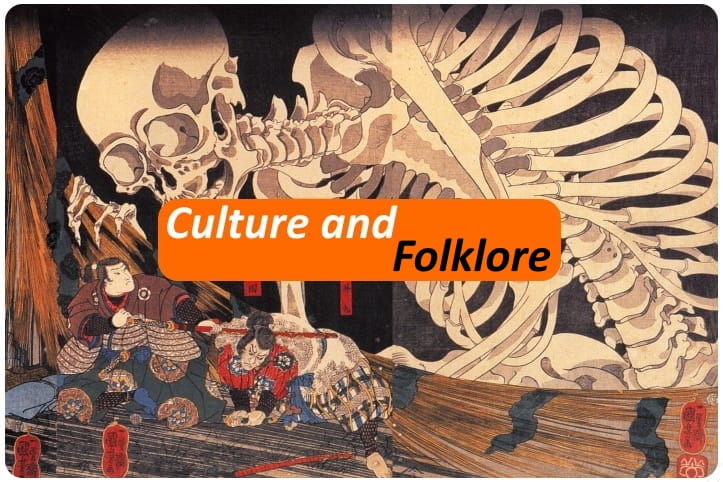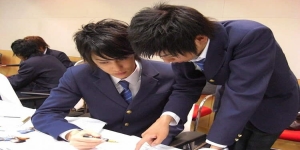Otoshidama お年玉 the Gift that Children and Adults are Waiting for

Otoshidama お 年 玉 is an gift, we can said is one of the Japanese traditions, where relatives, parents or close friends give money to children (but also to adults) with the first days of the year.
A particular custom, we could see it often in films, but especially in anime and manga. Very interesting and certainly features that children, but as mentioned at the beginning, not only them, are also waiting to be able to spend them immediately.
As often happened with Japanese traditions it is difficult to trace the beginning of all, some think we can take back to the edo period (1603-1868) when the "gift" was not just about money but also goods or products . Approaching a little more to our era from the Meiji period to the Shōwa period, therefore an arc that goes from 1868 to 1989, the latter period linked to the expansionary bubble of the Japanese economy, there was a total change in tradition, focusing on just about giving away money rather than things.

Like all traditions, this one also carries some rules, in some cases common sense rules, linked to this particular gift.
For example, children should not do to their parents, being a "gift" for the young, the reverse is not possible.
Another example is avoiding doing this to the child of your supervisor or higher. The original principle of the tradition was the gift to the youngest intense also the lowest, as a social rank.
Another tradition, albeit less followed in recent years, is giving away a new banknote, and a unique piece. But as it was said it often happens that the Otoshidama is made up of several banknotes and not always new, the quantity and grade of the banknotes often also depends on one's social position.
It is also interesting to note the change as the tradition. Although simple to "give" as a gift of money, you have drawn on a more distant tradition. In ancient times, it was unseemly to handle money openly, even labeled as taboo. When you had to give and the money or give it as a gift, these were locked up inside a sheet of paper. This means that today the Otoshidama is delivered with money in an envelope. It's nice that envelopes for children have a particular name Pochi-bukuro ポ チ 袋 derived from a dialectal inflection of kansai where "few" meant small, so the reference was to an envelope with some small money inside.

This step relating to the amount of money to be placed inside the envelope has changed over time and certainly changes according to one's availability or social class. So it is difficult to give an age-dependent range but in summary we say that for children from elementary to middle school it can range from 1000 to 5000 yen, while from high school to university it goes from 5000 to 10000yen. Not a little money anyway, also because over the years it tends to give more and more. If you happen to make such a gift, always keep in mind, as a good etiquette and common sense, to give sums that do not contain figures marked with numbers that are considered to bring bad luck, for example 4000 yen is not good because the 4 "Shi" it can also be translated as death, as well as 9000 yen for example because 9 "Ku" means pain and torment.

There are other small tricks on how to put the money, how to fold the banknote etc. but let's not go into this, let's enjoy this little Japanese “magic”, suitable for the little ones but not only.
As you can see, tradition is never just one, it is a concatenation of rules, etiquette and situations that come together. In my opinion, this is what makes Japanese folklore so interesting and in some cases unique.
Have you ever understood that you are witnessing a similar tradition? A few years ago it happened to me when I spent a few days with a friend in Japan and I honestly did not know all the tradition behind this small gesture, I had seen it in anime and movies but honestly I had never stopped to think about it. Then one day this friend asked me if I knew the tradition from which it all came and to my sincere No I will explain everything I have written to you here.

 English (United Kingdom)
English (United Kingdom)  Italiano (it-IT)
Italiano (it-IT) 






![[Review] Princess Toyotomiプリンセス トヨトミ](https://www.fukainihon.org//cache/mod_jt_contentslider/fdfb524f85518b9476158c79c8ea022f_328.jpg)


